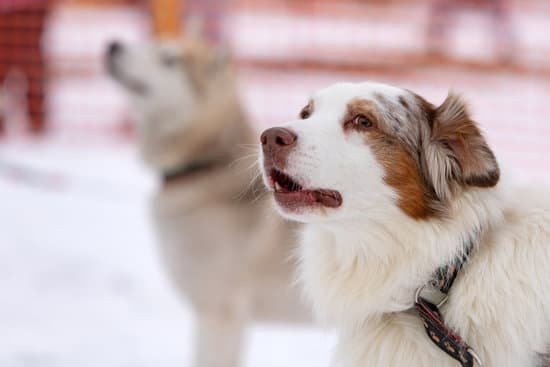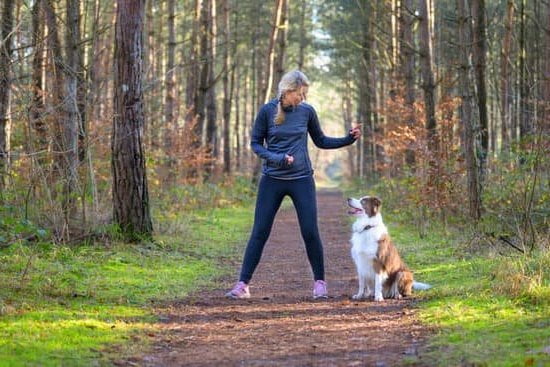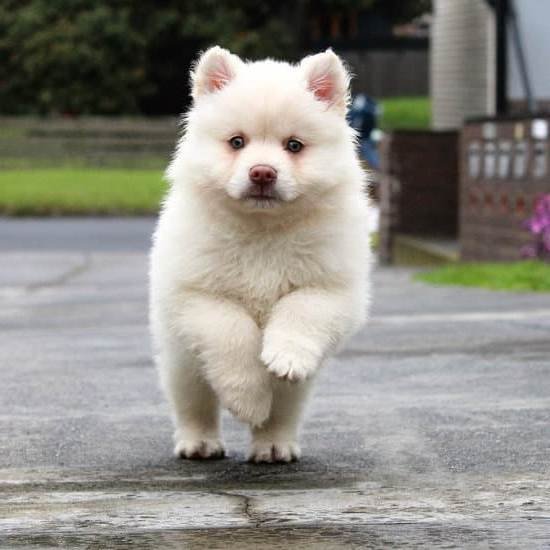Training Your Dog Not To Pull On The Leash
Many people struggle with the task of training their dog not to pull on the leash. It can be a difficult behavior to break, but with patience and perseverance, it can be done. The first step is to identify why your dog is pulling. There are a number of reasons a dog might pull, including excitement, wanting to get to another dog or person, or simply being overexcited and not knowing how to control themselves.
Once you have identified the reason your dog is pulling, you can start to work on correcting the behavior. If your dog is pulling because they are excited, you will need to work on teaching them to calm down when they are on a leash. One way to do this is to have them sit or lie down when they are getting close to something that excites them, such as another dog or a person. You can also use a food treat to distract them when they start to pull.
If your dog is pulling because they want to get to something, you will need to teach them to stay close to you when they are on a leash. One way to do this is to keep them on a short leash and to keep them close to you when you are walking. You can also use a food treat to keep them close to you.
If your dog is overexcited and doesn’t know how to control themselves, you will need to work on teaching them basic obedience commands, such as sit, stay, and come. Once your dog knows these commands, you can start to use them when you are walking your dog. If your dog starts to pull, you can give them a command to stop, and then praise them when they obey.
It takes time and patience to train a dog not to pull on the leash, but with a little effort, you can have a dog that walks nicely by your side.
How To Train A Dog Off Leash With E Collar
There are many benefits to training a dog off leash with an e collar. Perhaps the most obvious benefit is that it allows you to train your dog in a much wider area, without the need for a traditional leash. This can be especially helpful if you live in a rural area, where there is plenty of room to roam.
An e collar can also be a great way to help your dog overcome fear or aggression issues. If your dog is fearful or aggressive around other dogs or people, you can use the e collar to help him overcome those fears. The e collar will give you more control over your dog, which can help to calm him down and make him more confident.
Of course, it is important to note that training a dog off leash with an e collar can be a bit more difficult than training him on a leash. You need to be able to properly control the e collar, and you need to be able to train your dog in a variety of different situations. If you are not confident in your ability to train your dog off leash, it is best to stick to training him on a leash.
How To Train A Leash Reactive Dog
Leash reactivity is a common problem for dog owners. Dogs who are leash reactive may bark, lunge, and pull at the leash when they see other dogs or people. Some owners may feel embarrassed or ashamed of their dog’s behavior and may be reluctant to take their dog for a walk.
There are a number of things you can do to help your leash reactive dog. The most important thing is to start obedience training. Basic commands such as sit, stay, and come can help your dog stay under control when he is around other people or dogs.
You should also work on building your dog’s confidence. One way to do this is to socialize your dog with other people and dogs. Make sure your dog has plenty of positive experiences when he is around other dogs and people. This will help him feel more comfortable in these situations.
You can also help your dog to feel more confident by providing him with plenty of exercise. A tired dog is less likely to be reactive. Walks and playtime at the park are a great way to get your dog some exercise.
If your dog is leash reactive, it is important to be patient and consistent with your training. It may take some time, but with patience and perseverance, you can help your dog overcome his leash reactivity.
Dog Leash For Training Walking
your dog can be a fun and rewarding experience, but it is important to use the proper equipment to ensure both you and your pet’s safety. A dog leash is an essential piece of equipment for any dog owner, and there are a variety of leashes available on the market to fit every need. Choosing the right leash for your dog is important, as it can make the difference between a safe and enjoyable walk, and an unpleasant experience for both you and your pet.
There are three main types of dog leashes: standard leashes, retractable leashes, and halti leashes. Standard leashes are the most common type, and consist of a simple leash and collar or harness combination. Retractable leashes are typically used for larger dogs, as they allow the dog to roam farther than a standard leash. Halti leashes are a type of head collar that are used to train dogs not to pull on the leash.
When choosing a leash, it is important to consider the size and temperament of your dog. A standard leash is a good choice for most dogs, as it is easy to use and relatively affordable. If you have a large or energetic dog, a retractable leash may be a better option, as it allows the dog to roam more freely. If your dog is prone to pulling on the leash, a halti leash may be a better choice, as it will help to train the dog not to pull.
No matter which type of leash you choose, it is important to make sure that it is comfortable for both you and your pet. The leash should be the correct length, and should not be so tight that it restricts the dog’s movement. The collar or harness should also be comfortable, and should not cause the dog any pain or discomfort.
A dog leash is an essential piece of equipment for any dog owner. There are a variety of leashes available on the market, so it is important to choose the right leash for your dog. The leash should be comfortable for both you and your pet, and should be the correct length for the size and temperament of your dog.
How To Train Dog Not To Bite Leash
There are a few things you can do to train your dog not to bite the leash. One is to make sure you are always consistent with your commands. If you tell your dog to stop biting the leash, make sure you enforce this rule every time. You can also try to give your dog a toy to chew on instead of the leash. This will help keep them occupied and hopefully stop them from biting the leash. If your dog is still having trouble, you may need to seek the help of a professional trainer.

Welcome to the blog! I am a professional dog trainer and have been working with dogs for many years. In this blog, I will be discussing various topics related to dog training, including tips, tricks, and advice. I hope you find this information helpful and informative. Thanks for reading!





